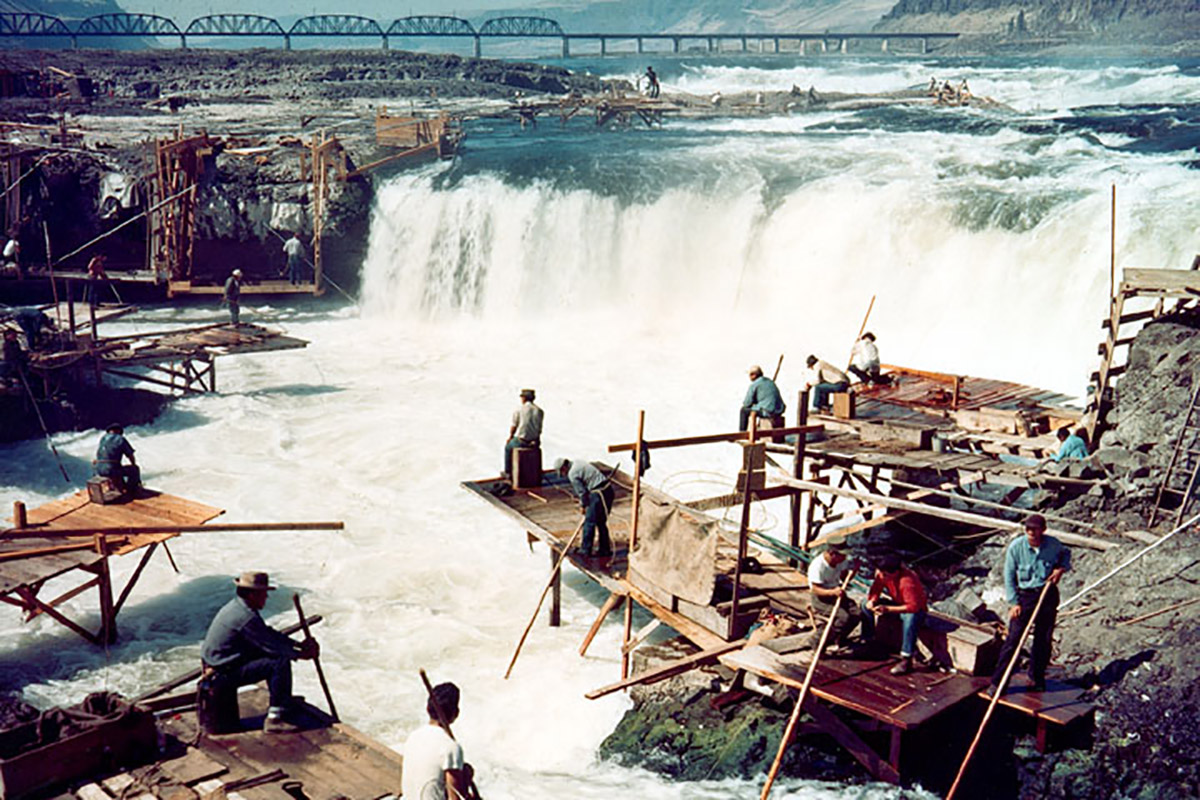Water and the American West
History 310 with Prof. Josh Howe explores the turbulent controversies surrounding the resource that defines half a continent.
History 310, Water and the American West, with Prof. Josh Howe uses the environmental and political history of America’s rivers, streams, reservoirs, and aquifers to introduce students to important issues in water history and contemporary water policy. Students begin by exploring a series of different frameworks for understanding the complex relationships among water, labor, land, and political power as those relationships have changed over time. As they build a deeper understanding of water as a natural, cultural, and political entity, they see the ways in which history has helped to shape the way we allocate and regulate water. Armed with the dual weapons of history and basic legal doctrine, they tackle some of the key issues in 20th-century American water policy, including groundwater, water marketing, and the implications of global warming.
“One of the reasons I like teaching environmental history so much is that it enables students to see the physical world around them in new ways, understanding the historical inflections coded into landscapes, material objects, and the ideas associated with them,” says Prof. Howe. “Studying water in the American west does this so effectively at so many scales, highlighting the human decisions that have influenced the free-flowing waters of the Reed Canyon while at the same time making legible the legal, political, and physical infrastructures that shape American water and land use on a continental scale. It takes some effort for students to get their heads around the legal doctrines that govern the west's water and where those doctrines came from. Once they figure it out, though, they discover they have a powerful set of tools for grappling with the contentious history--and problematic future—of the west's most important resource."
Celebrating a decade at Reed this year, Prof. Howe is associate professor of history and environmental studies, and currently serves as the chair of both the history department and the environmental studies program. He is the author of Behind the Curve: Science and the Politics of Global Warming (University of Washington Press, 2014) and Making Climate Change History: Documents from Global Warming's Past (University of Washington Press, 2017), both books about the political history of climate change that inform an interest in the history of water resources in the American West that has held steady since his first volunteer post stuffing envelopes for Idaho Rivers United at 15 years old.
Tags: Courses We’d Love To Take, Academics, Climate, Sustainability, Environmental
